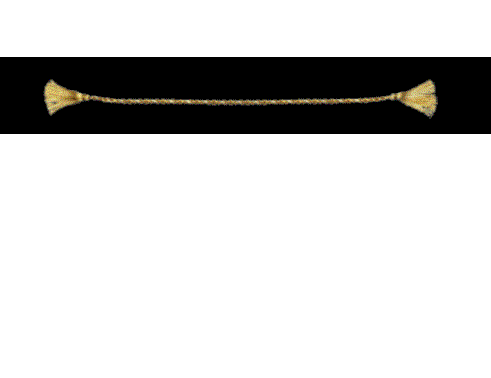 ortion
of the seed to germinate by planting it below the surface of the
ortion
of the seed to germinate by planting it below the surface of the ¡@
The English countryside was transformed between 1760 and 1830 as the open-field system of cultivation
gave way to compact farms and enclosed fields. The rotation of nitrogen-fixing and cereal crops obviated
the necessity of leaving a third or half the land fallow each planting. Another feature of the new farming
was the cultivation of turnips and potatoes. Jethro Tull (1674-1741) and Lord Townshend popularized the
importance of root crops. Tull's most original contributions were the seed drill and horse hoe. The seed
drill allowed a much greater prop ortion
of the seed to germinate by planting it below the surface of the
ortion
of the seed to germinate by planting it below the surface of the
ground out of reach of the birds and wind. ''Turnip'' Townshend was famous for his cultivation of turnips
and clover on his estate of Raynham in Norfolk.
He introduced the four-course rotation of crops:
¡@
¡@
¡@
Robert Bakewell (1725-1795) pioneered in the
field  of
systematic stock breeding. Prior to this, sheep
of
systematic stock breeding. Prior to this, sheep
had been valued for wool and cattle for strength; Bakewell showed how to breed for food quality.
Bakewell selected his animals, inbred them, kept elaborate genealogical records, and maintained
his stock carefully. He was especially successful with sheep, and before the century's end his
principle of inbreeding was well established. Under Bakewell's influence, Coke of Holkham in Norfolk
not only improved his own farms, but every year held ''sheep shearings'' to which farmers from all over
Europe came for instruction and the exchange of
knowledge.
Propaganda for the new agriculture was largely the work of Arthur Young. In 1793 the Board of
Agriculture was established, and Arthur Young was its secretary. Although a failure as a practical
farmer, he was a great success as a publicist for scientific agriculture. Even George III ploughed some
land
at Buckingham Palace and asked his friends to call him ''Farmer George.''
Big farms also made possible scientific breeding of animals. This new breeding method produced sheep
with more wool, and cattle with more milk and meat.
¡@
¡@